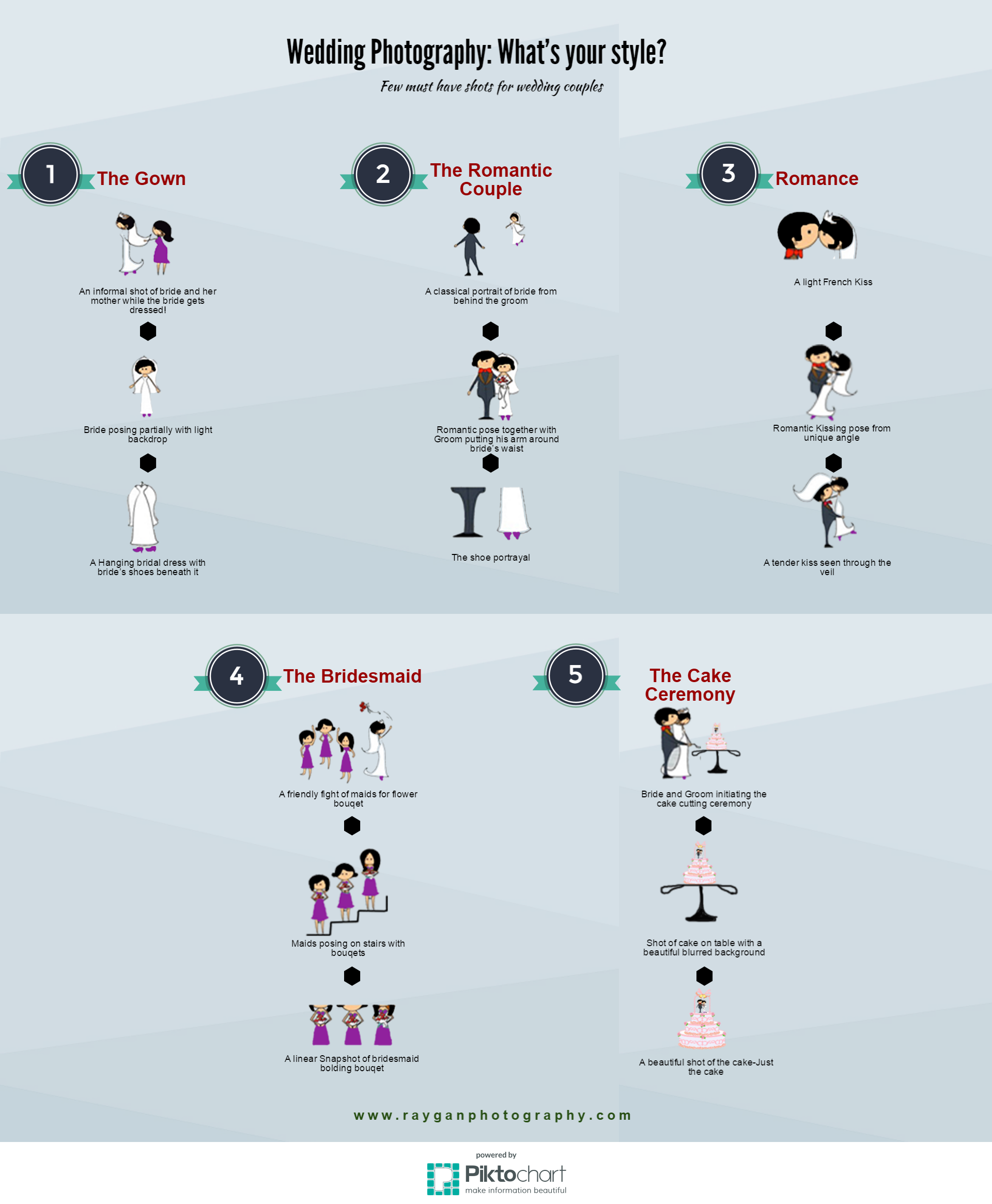Join Us To Uncover Vital Photography Ideas That Will Certainly Open Your Camera'S Potential-- Prepare To Catch Spectacular Photos Quickly!
Join Us To Uncover Vital Photography Ideas That Will Certainly Open Your Camera'S Potential-- Prepare To Catch Spectacular Photos Quickly!
Blog Article
Writer-Ballard Monroe
When you first pick up your video camera, it can feel overwhelming with all the setups and options offered. You might find yourself wondering how to navigate aperture, shutter speed, and ISO efficiently. Grasping these principles is critical, however there's more to digital photography than just technical knowledge. Comprehending make-up methods and lighting conditions can elevate your photos dramatically. So, suppose you could discover simple strategies to boost your abilities and begin catching impressive pictures earlier than you assume? Allow's check out how to change your digital photography journey.
Comprehending Camera Setups
Recognizing your camera settings is important for capturing magnificent images. When you pick up your video camera, acquaint on your own with the three main settings: aperture, shutter rate, and ISO. Each plays a vital function in how your photos turn out.
Begin with aperture, which regulates the quantity of light entering the lens. A larger aperture (reduced f-number) allows a lot more light and produces a stunning background blur, excellent for pictures. On the other hand, a narrower aperture (greater f-number) keeps more of the scene in focus, perfect for landscapes.
Next, concentrate on shutter speed. http://dick555gary.xtgem.com/__xt_blog/__xtblog_entry/__xtblog_entry/37564679-find-out-just-how-to-select-the-best-cam-customized-to-your-digital-photography-design-and-requires-however-are-you-considering-all-the-vital-aspects?__xtblog_block_id=1#xt_blog identifies the length of time your cam's sensing unit is exposed to light. A rapid shutter rate freezes motion, which is great for action shots, while a sluggish shutter rate can develop stunning impacts like smooth water in landscapes.
https://www.trussvilletribune.com/2020/04/11/trussville-couple-uses-photography-to-bring-smiles-to-neighbors-with-the-front-porch-project/ but not least, readjust your ISO. This setup influences your video camera's sensitivity to light. A higher ISO is useful in low-light situations yet can introduce noise or grain. Go for the lowest ISO feasible while still attaining appropriate exposure.
Make-up Techniques
When you're out capturing, structure can make all the difference in just how your pictures reverberate with customers. Beginning by using the guideline of thirds; visualize your frame divided right into nine equal areas with two horizontal and two upright lines. Placement key elements along these lines or at their intersections to create balance and interest.
Next off, think about leading lines. These natural lines in your scene, like roadways or rivers, draw the viewer's eye right into the photograph, directing them via the tale you're telling.
Do not forget mounting; usage elements within your scene, like trees or home windows, to create a structure around your subject, adding depth and emphasis.
Likewise, keep an eye on your background. A cluttered history can distract from your main topic, while a basic one aids it stand apart.
Last but not least, explore symmetry and patterns; they can create a striking photo that records focus.
Mastering Lighting Conditions
Grasping lighting problems is crucial for capturing spectacular photos, as the right light can change a regular scene into something extraordinary.
Beginning by observing all-natural light at different times of the day. Mornings and late afternoons offer the very best light, known as the golden hour. The soft, cozy tones throughout these times can enhance your pictures perfectly.
Do not avoid cloudy days either; diffused light can minimize severe darkness and produce a pleasing result, particularly for portraits.
Try out backlighting by positioning your subject versus the source of light. This method can create a fanciful halo result and add depth to your pictures.
Take note of your camera settings also. Adjust the ISO, aperture, and shutter rate to match the illumination problems. A greater ISO can help in reduced light, but be cautious of grain.
Utilize a tripod in darker atmospheres to avoid blur.
Finally, do not neglect synthetic lighting. Flash and constant lights can be great tools for managing light in difficult problems.
Conclusion
Finally, mastering your electronic camera doesn't need to be frustrating. By understanding your settings, using make-up strategies, and taking advantage of the power of natural light, you'll rapidly elevate your digital photography skills. Bear in mind, exercise makes best, so venture out there and experiment with your newly found understanding. With time and devotion, you'll be catching magnificent photos that reflect your one-of-a-kind point of view. Take pleasure in the trip, and do not forget to enjoy while you go to it!
